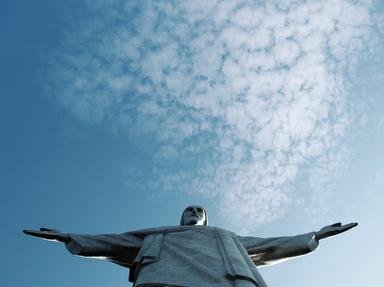7. On April 7th 1831, with his popularity suffering badly from the economic crisis caused by the Cisplatine War, foreign debt and the bankruptcy of the Banco do Brasil, Dom Pedro I abdicated in favor of his son, Dom Pedro II. What then happened?
From Quiz Imperial Brazil
Answer:
Dom Pedro II was too young to assume the throne, so during some years a series of regents governed in his stead.
The Regency, which lasted from 1831 to 1840, was one of the most agitated and violent periods of Brazilian history, regional revolts aiming for secession or social change exploded everywhere, and were all duly quelled by the central government. Dom Pedro II's legal majority was changed in an attempt to unify the country politically, and he assumed the throne at the age of fourteen.





 = Top 5% Rated Quiz,
= Top 5% Rated Quiz,
 Top 10% Rated Quiz,
Top 10% Rated Quiz,